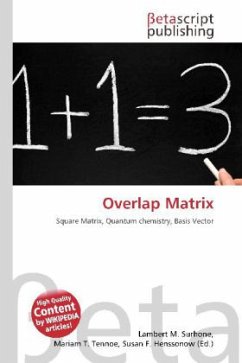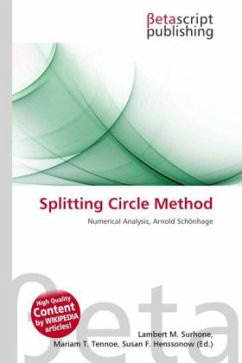Please note that the content of this book primarily consists of articles available from Wikipedia or other free sources online. In mathematics and, in particular, functional analysis, convolution is a mathematical operation on two functions f and g, producing a third function that is typically viewed as a modified version of one of the original functions. Convolution is similar to cross-correlation. It has applications that include statistics, computer vision, image and signal processing, electrical engineering, and differential equations. The convolution can be defined for functions on groups other than Euclidean space. In particular, the circular convolution can be defined for periodic functions (that is, functions on the circle), and the discrete convolution can be defined for functions on the set of integers. These generalizations of the convolution have applications in the field of numerical analysis and numerical linear algebra, and in the design and implementation of finite impulse response filters in signal processing. Computing the inverse of the convolution operation is known as deconvolution.
Bitte wählen Sie Ihr Anliegen aus.
Rechnungen
Retourenschein anfordern
Bestellstatus
Storno








